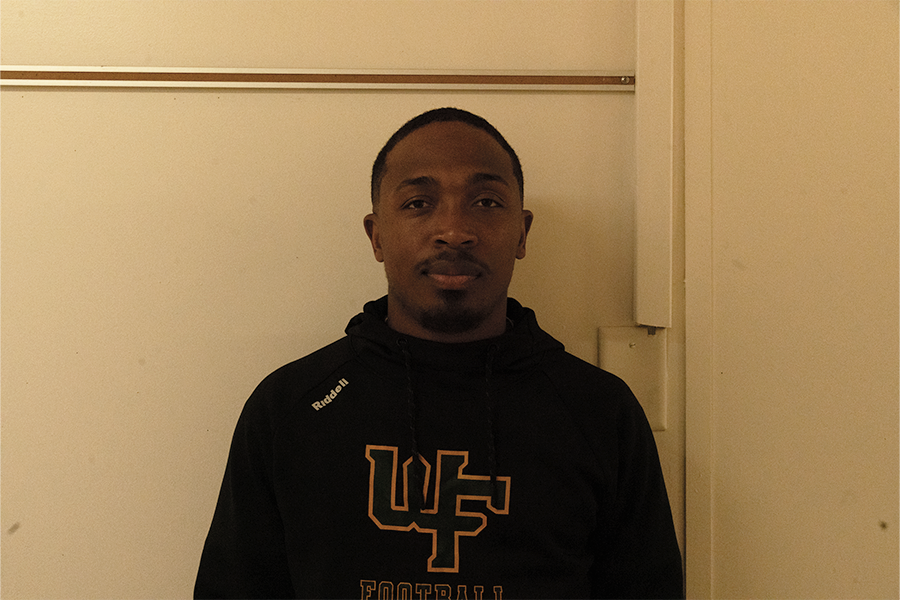The problem with “secondary” sports
April 9, 2021
Over the past year, the coronavirus has affected nearly every aspect of our daily lives, including some student ticket to college: sports. Many schools around the U.S. have closed various athletic programs and therefore rescinded the ability to earn scholarships for those that have put the countless hours into a skillset they need to achieve their goals. While sports like football and basketball bring in copious amounts of money and are obviously more important to schools, entire so-called “secondary sports” teams and programs, such as tennis and soccer, are being cut in favor of new football equipment.
For instance, the number of men’s gymnastics programs at American universities has dropped from 58 in the 1980s to just 15 in 2019, with three more shutting down within just the past year at Iowa and Minnesota University as well as William & Mary recently reopening, however at a highly reduced budget. As the only male gymnast at West, I know my sport is dying; but it’s not as simple as just switching sports. I wouldn’t have the years of fundamentals and background training that someone who has played football for the 11 years. I’ve been performing gymnastics. While I’m not disparaging any sports team’s hard work, the time and effort that athletes who participate in “secondary” sports put in is not secondary to a basketball team’s time and effort. This leaves us with the age-old argument: if secondary sports don’t bring in enough money, then they should be cut to make room for sports that do?
The central issue with closing programs due to “budgetary concerns” because they aren’t a core industry like college football is that there aren’t actually budgetary concerns. The median annual deficit of some 130 colleges reviewed was $14 million, and that was before the COVID pandemic. At Washington State University, the athletic department debt has swelled to some $67 million, and is continuing to rise. These massive dues raise the question- where is all this money going? The answer: football training facilities and coaches salaries. Dabo Swinney, Clemson’s football coach, will make $8.3 million this year. The University of Minnesota’s football coach, P.J. Fleck, will make $4 million, and that’s after a pay cut. A fraction of Fleck’s salary alone would be enough to pay for an entire men’s gymnastics facility as well as a coaching salary and scholarships for at least five years. Money is being desperately shoved into football at a rate that not even football programs themselves can quite keep up with and sports that are less popular but still no less important are being shafted because of it.
Schools do however have to operate their sports under a certain “code.” Title IX is a rule stating colleges must match their number of athletes with the gender makeup of their school. For example, if a school’s population is 43% women, then roughly 43% of their athletes must also be women. This rule is popularly cited when sports get cut, but it also means men’s sports are being decimated at a rate far higher than women’s. This is because instead of creating more opportunities for women with more women’s sports, colleges decide to just cut entire men’s programs and pour the money into football. This eliminates diversity of athletics in colleges for both women and men, and if applied enough would eventually force young boys to either play a big three sport for a scholarship (football, baseball, basketball) or don’t play at all. Cutting out secondary sports also means they may not come back, as shown by the free fall of men’s gymnastics and tennis programs.
While COVID has complicated many facets of life, we should not be further damaging student’s prospects by destroying sports that they have put legitimate time and effort into, especially when there’s enough money to go around. If a football coach losing out on a pay raise means entire sports can be fit into a college’s regimen, then Alabama head football coach Nick Saban may not be pulling in an eight figure salary this year.





